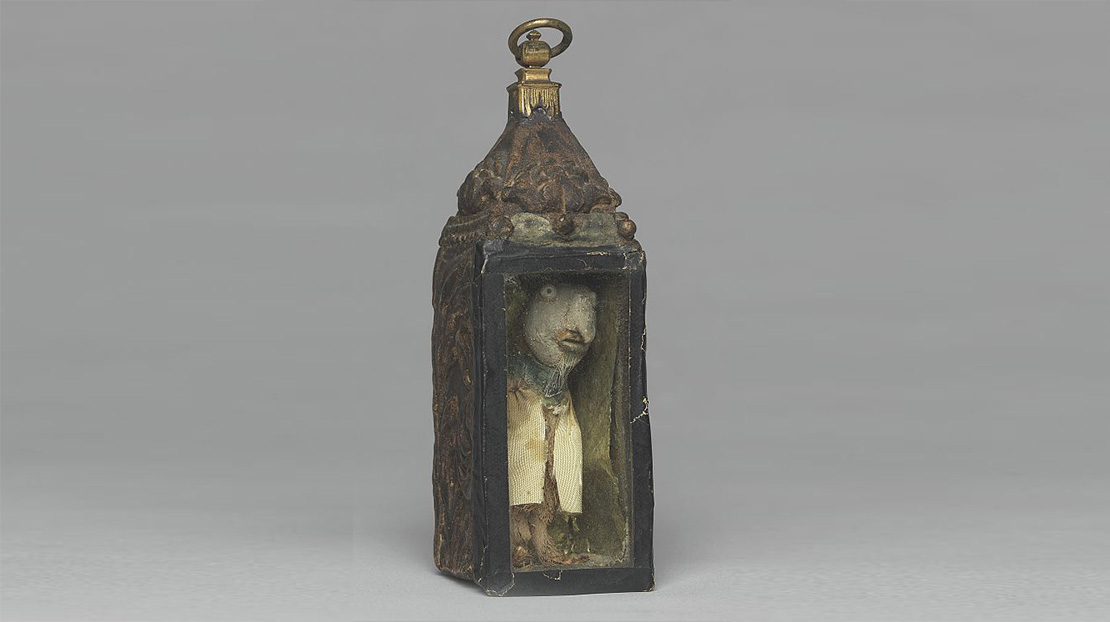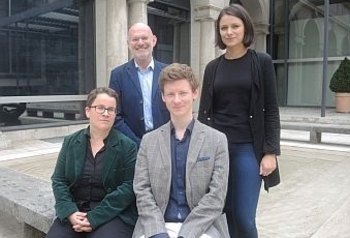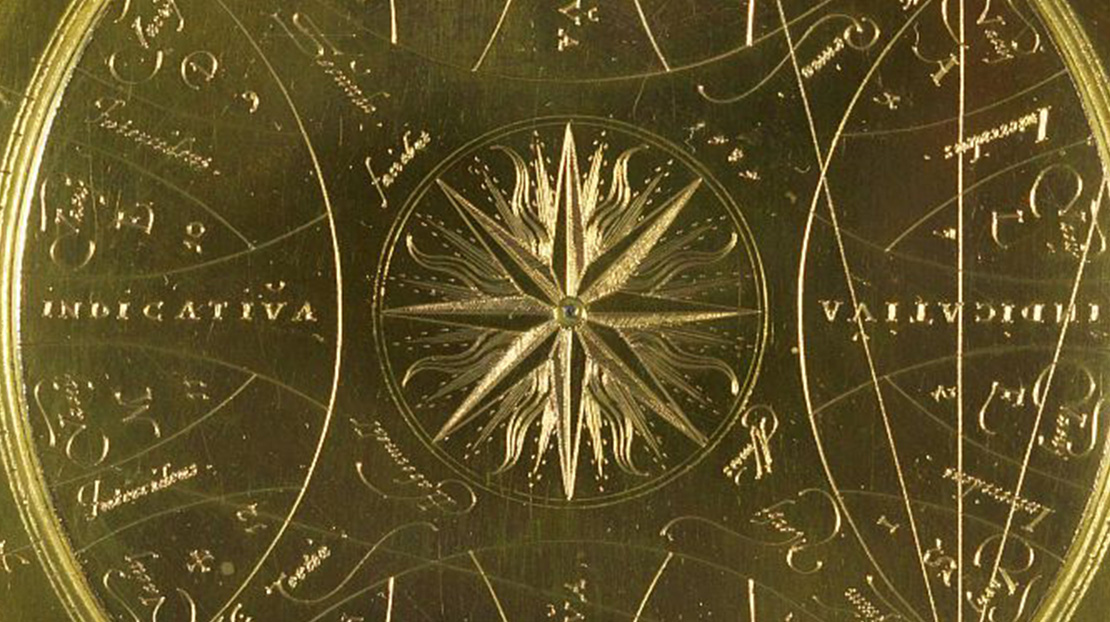Tradition, perspectives and uses

Attribution of meaning to artefacts of clairvoyance in europe from the 17th to the early 20th century
Project sponsorship: Deutsche Forschungsgemeinschaft (German Research Foundation)
Applicants: Dr. Thomas Eser, GNM, and Dr. Ulrike Ludwig, FAU Erlangen-Nuremberg, Departement for Early Modern History
Particular Project GNM: Artefakte der Zukunftsdeutung
Duration particular Project GNM: January 2018 – June 2020
A research project on the early collecting of “superstitious” objects for seeing into the future
What do we think about looking into the future? Have reason and modern science finally put an end our old desire to find out what our future holds - good or bad - before it actually happens? Or do forward-looking practices of predicting and making provisions for well-being today secretly hark back to old cultures of divination, namely the often magical ability of seeing into the future and acting to protect oneself - from a mundane weather report or a financial market forecast through to existential cancer screening and the controversy surrounding climate change? And how does this view into the future manifest itself in material evidence?
Accompanied by these present-day questions, our project looks back to the early era of collecting at the GNM. In 1853, in his programmatic “system” of an ideal future collection, museum founder Hans von Aufsess had already deemed artefacts of clairvoyance worthy of collection. However, these collection endeavours were formulated in a somewhat derogatory tone. Dubbed “pseudo-philosophy”, the field was to encompass “fortune-telling, chiromancy and physiognomics, the interpretation of dreams, card reading”. The areas of “astrology, prognistication, planet books, weather books, calendars […], farmer’s almanacs, runic calendars” were also to have their place in the emerging museum.
The research project will investigate whether and how these intentions to collect have been put into action since 1852. Additions to the collection from an unexpected, outside source soon provided an important impetus: From 1872, the Nuremberg city library permanently loaned numerous astronomical and astrological instruments from the early period of European instrument-making to the museum, elevating its standing with respect to astrology. As of 1884, the German pharmacist community established a “historic pharmaceutical central museum” in the GNM, which from the outset also succumbed to the collecting of old magical medicaments for warding off harm, and which, in publications, highlighted the contrast to modern medicine. The project will discuss the fact that greater meaning was attributed, in both critical and nostalgic terms, to artefacts of “superstition” as a result of the rapid dynamic of differentiation and modernisation in the technology and science of the Gründerzeit period, with its radical disbanding of old professional fields. Using the GNM’s early collection-history sources, the project seeks to investigate how exactly these reattributions of meaning occurred. A comparison with collection practice in other large institutions in the museum landscape of Europe ca. 1850/1900 will be an explicit part of the project.
The project is funded by the German Research Foundation and conducted by the GNM in conjunction with outside lecturer Dr. Ulrike Ludwig (Friedrich-Alexander University Erlangen-Nuremberg; Goethe University Frankfurt a.M.). The university-based part of this project will focus on researching the attribution of meaning to divinatory artefacts in court art collections of the early modern age. In the project team, two doctoral candidates will be working on theses related to the subject. The project was inspired by and is supported by the International Consortium for the Research in the Humanities “Fate, Freedom and Prognostication” (Prof. Dr. Michael Lackner) of the University of Erlangen-Nuremberg, one of ten Käte Hamburger International Centres in Germany. The project owes this partnership to the comparative input of sinology and the familiarisation with old as well as contemporary East Asiatic forms of looking into the future.
In the autumn of 2020, the project will culminate in an exhibition at the GNM jointly organised by all three institutions and project sponsors. It will take a wider look at the issue of historical and present-day divinatory conjectures by adding a global east-west perspective.
Team

Dr. Thomas Eser (GNM, head of the project)
PD Dr. Ulrike Ludwig (FAU, head of the project)
Marie-Therese Feist M.A. (GNM, art historian)
Hadrian Silberer M.A. (FAU, historian)
Further objects of research

Information and Services
Plan Your Visit
Opening Times
Location and Approach
GNM Museum Shop
FAQ
Library
Branches
Contact

